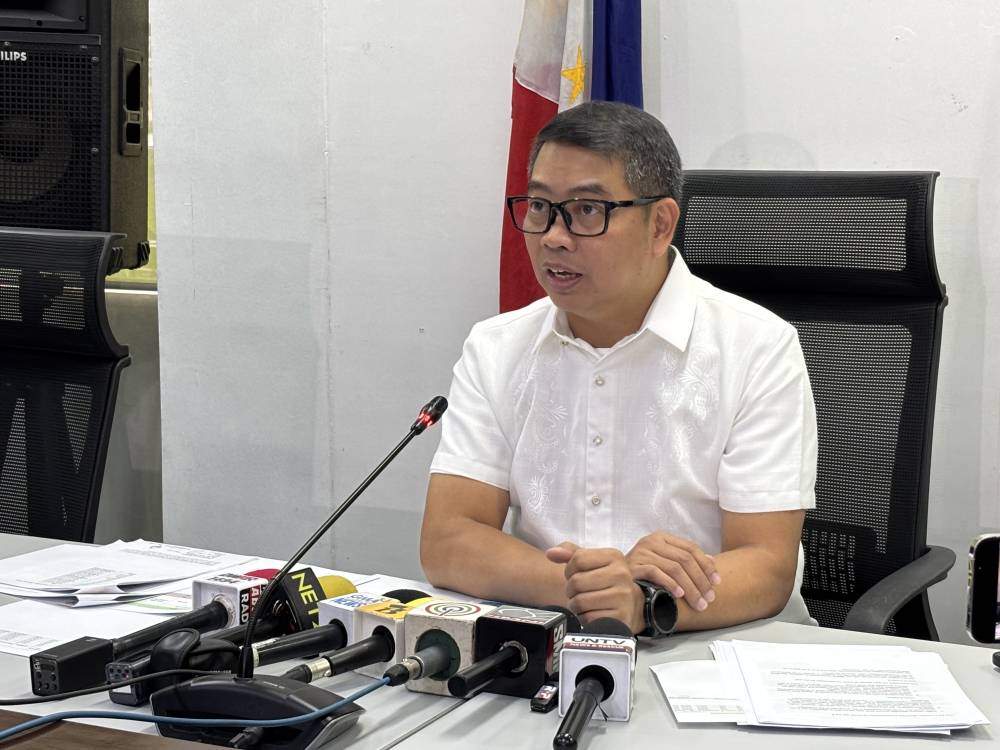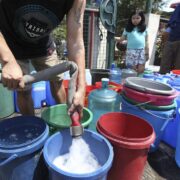DA boosts rice supply, adds to disaster response stockpiles

LEGAZPI CITY—The Department of Agriculture (DA) announced that palay (unmilled rice) stocks in their warehouses have reached 400,000 metric tons, or about 8 million bags, securing the country’s rice supply amid ongoing harvests and looming natural disasters.
DA Assistant Secretary for Special Concerns and Official Development Assistance Arnel De Mesa, also the DA spokesperson, said in an interview with the Philippine Agriculture Journalists Bicol chapter last week that the 490,000 50-kilo bags have been prepositioned with the Department of Social Welfare and Development (DSWD) for quick deployment during typhoons, floods and other calamities.
De Mesa added that the agency, in coordination with the National Food Authority (NFA) and DSWD, has strengthened disaster preparedness by building buffer stocks and prepositioning relief goods.
He credited the NFA’s active palay buying program for encouraging farmers to sell their harvests at competitive prices, which contributed to the increased palay stocks nationwide.
Cheap rice program
“This is the first time the NFA has been commended by the Commission on Audit for effectively fulfilling its mandate to purchase large quantities of rice,” he said.
The DA also assured that the government’s P20 per kilo rice program would continue to expand across the country.
Agriculture Secretary Francisco Tiu Laurel Jr. has directed the program to prioritize Central Visayas, Eastern Visayas, Western Visayas and the Negros Island Region; followed by Zamboanga del Norte; and Basilan and the rest of the Autonomous Region in Muslim Mindanao.
In the Bicol region, a major rice producer, the first-quarter harvest reached 281,871 metric tons, according to the Philippine Statistics Authority.
Lovella Guarin, DA information officer in Bicol, said 99,736 hectares were planted with palay from September 2024 to January this year, which would sustain supply in the coming months.
With climate change driving more extreme weather events, the DA is boosting disaster risk reduction, improving crop resilience, and strengthening supply chains to maintain food security.
“Our goal is to protect farmers and consumers alike by ensuring rice remains available and affordable,” Guarin said in an interview on Wednesday.
Gaudencio De Vera, regional manager of the National Irrigation Administration (NIA) Bicol, reported that the previous planting season covered 62,760 hectares with an average yield of 4.60 metric tons per hectare, with Camarines Sur having the largest production area.
“For the coming wet season, the NIA aims to harvest 63,153 hectares between September and October this year,” De Vera told Inquirer in a private message on Thursday.

















